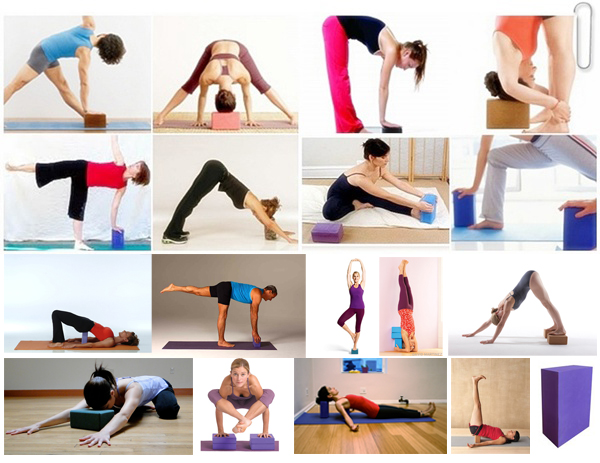When practicing yoga, your teacher is the most crucial prop. But, the use of props in real is a debatable subject because most of the time it is thought that the practitioner becomes dependent on them. But, when you actually start using it, you will feel the difference. Even when you are practicing at home or at a yoga centre, the use of prop can create body awareness and help teach self-adjustment when the teacher is not near. You need to open your mind when using these props and allow yourself grow in your practice without actually being dependent on them.
Props are also used as tools and not training wheels to get more benefit from your yoga sessions. Many students or practitioners refuse to use a block or strap, a powerful tool of empowerment. A practitioner may not need a prop, but a block or strap or any other prop might take the practitioner many steps closer to alignment, stability and freedom in a pose that he or she might have ever imagined.
It grants flexibility and confidence to do many poses with much ease and without the fear of injury.

Eight reasons to do yoga practice with props:
- Props help you earn the skills required for sustaining alignment
- Make a pose a lot easier to do
- Take unnecessary hard work out of the practice so you do it with a more relaxed mind
- Prevent injuries and help pre-existing injuries to heal faster
- Give you more balance by supporting weak parts
- Help less flexible areas to lengthen
- Create space in the spine and facilitate joint stability
- Achieve a release of tension as you learn to be in a pose for longer with great comfort
Which props are useful and why?
A block is a great prop that helps you in alignment, drawing into the midline and keeping your thighs engaged. If as a practitioner you have lazy legs in a standing forward bend then your lower back may take a hit. Use of a block can facilitate engagement of the legs and alignment very quickly. It empowers them in that moment and their practice as a whole.
Another excellent yoga tool is a strap that gives practitioners an access to pose by extending the reach of the arm in some poses like extended hand-to-big-toe pose or seated forward bend. Without hunching forward and disintegrating spine, this prop helps you to integrate and connect with the pose easily. Thus it allows the students to practice better alignment and access poses which would otherwise be extremely difficult to practice.
Next in the league can be a blanket which can support practitioners in holding a pose for prolonged duration. A blanket draped over a block can actually make the seated medication a lot more convenient, comfortable and easy to practice for people to older ages and practitioners with the varying degree of flexibility. A yoga blanket can also help to release pressure in the areas that are least comforted and highly susceptible to injury during a practice, such as shoulder-stand and cervical spine (neck area). Stacking a blanket or two under the shoulders with the head on the floor can make the practice session a lot comfortable.
You can also use meditation cushions for different poses like Crow, Lotus, Arm Balances, and backbends. Meditation cushions are great in alleviating pain in the hips and knee areas when practicing lotus pose. These props can be used as normal cushion to help you overcome your fears of falling down on your face in various arm balancing poses. You can also stack them up for safety if practicing drop backs.

